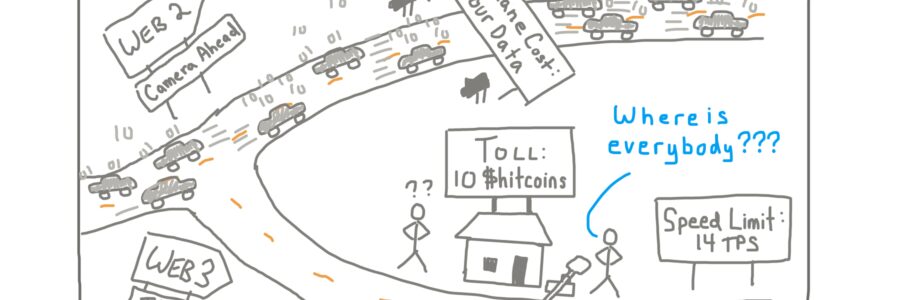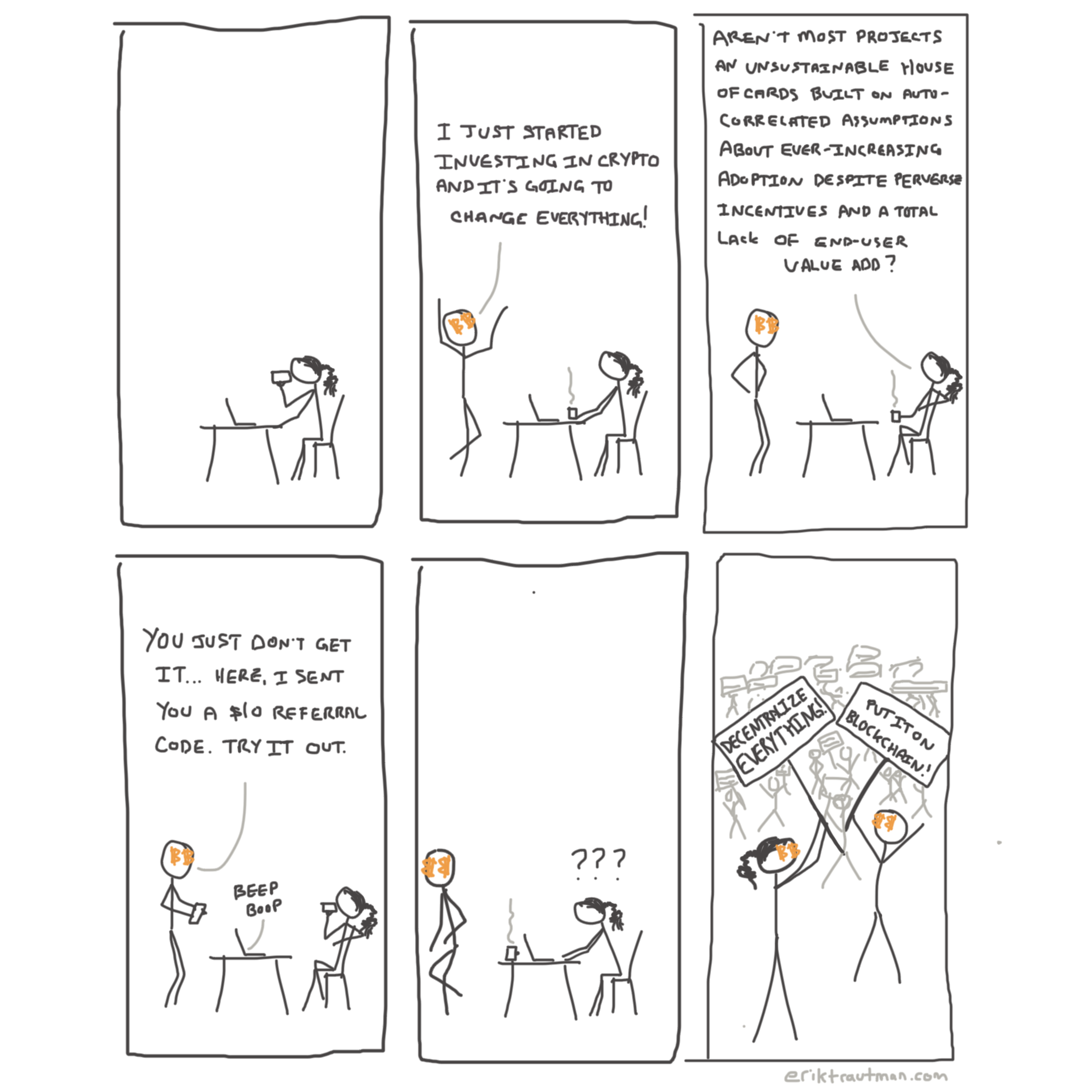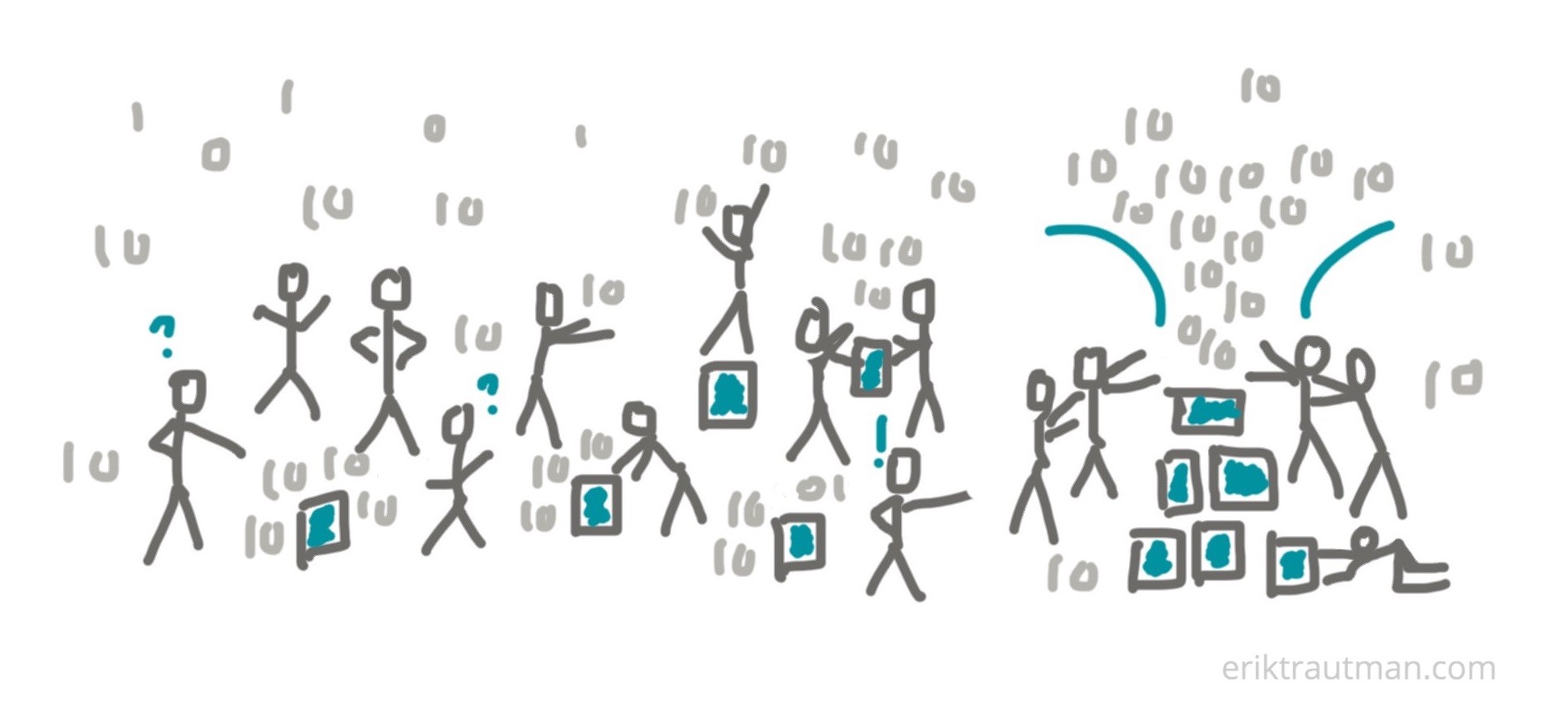Cozying up to the Metacrisis
Starting in 2023, I shifted my consumption of information towards a deliberately sparse diet so I could focus my attention on cultivating the inner creative who had been underexpressed through my many years of academic achievement, career advancement and building startups. I shut down all the newsletters, podcasts and scrolling that had previously generated a constant hum of mental background noise and I cloaked myself in the resulting silence with glee.
It was a delicious window for self growth which brought me on a necessary journey of love, grief, connection and catharsis about which I'll write more at some point.
Last summer, though, I felt the readiness inside of me to reawaken the part of my spirit which had been napping.
My inner problem-solver emerged from his hibernation *hungry* for a worthy challenge.






